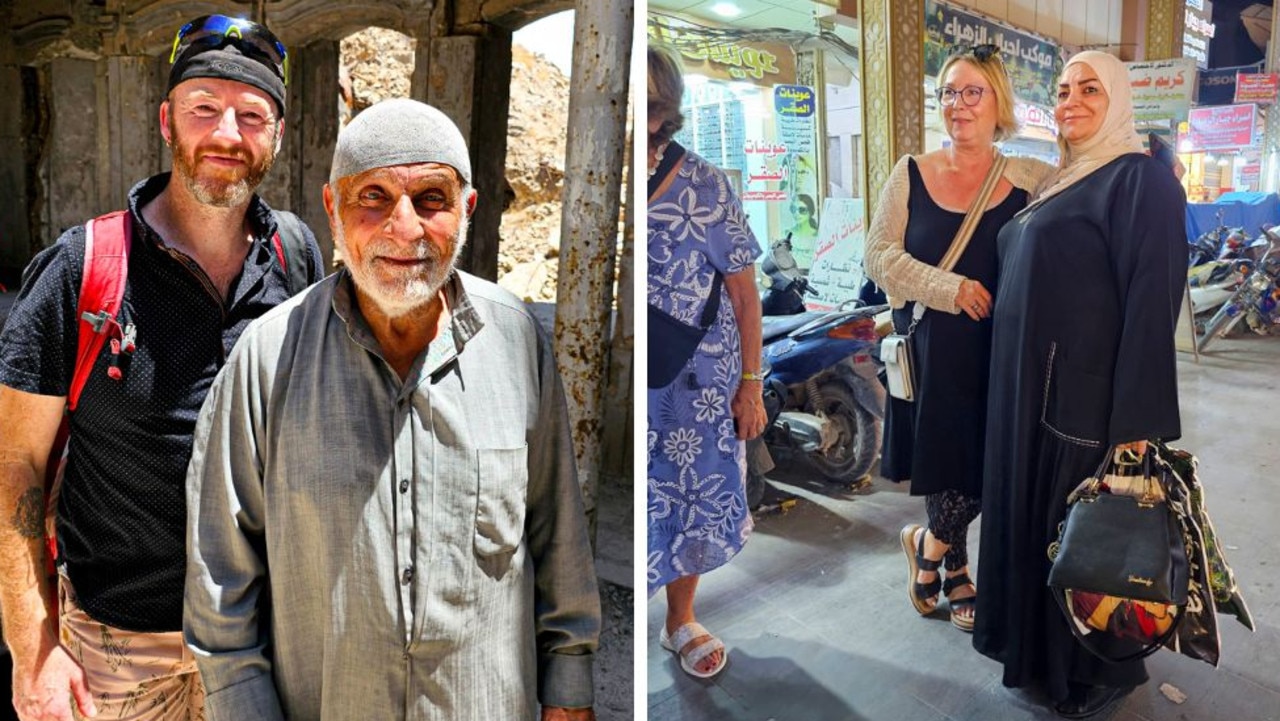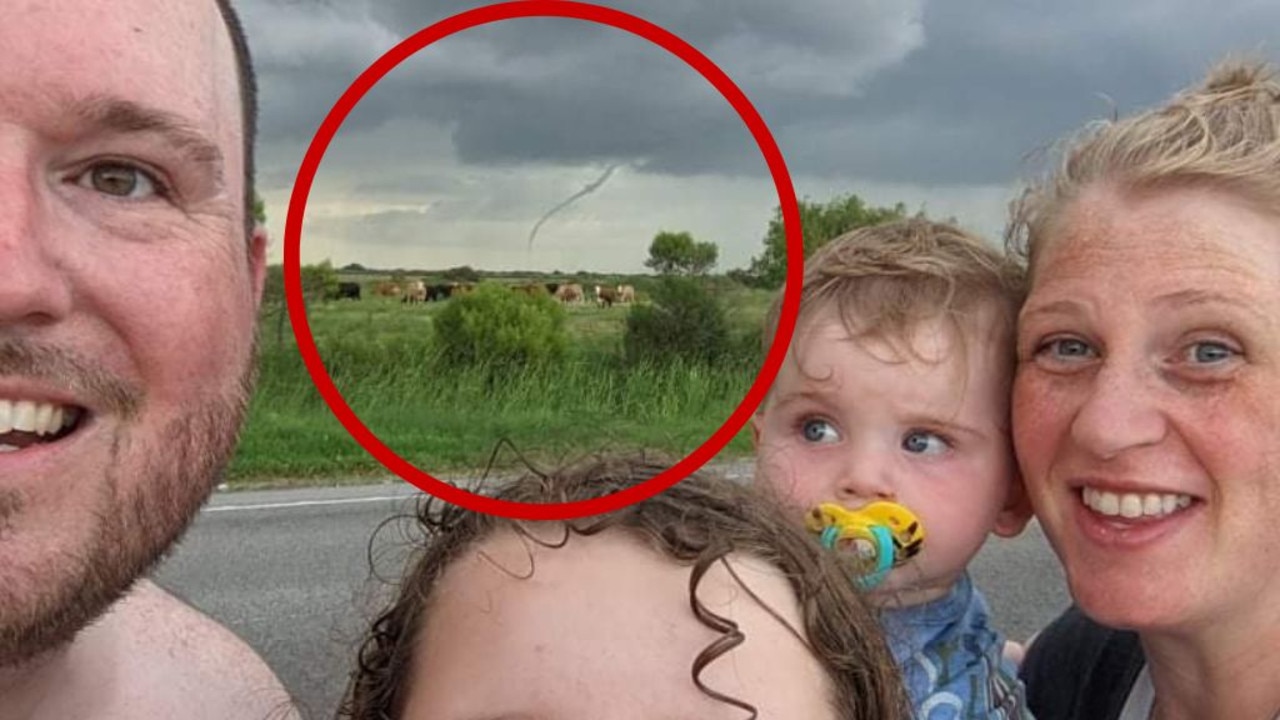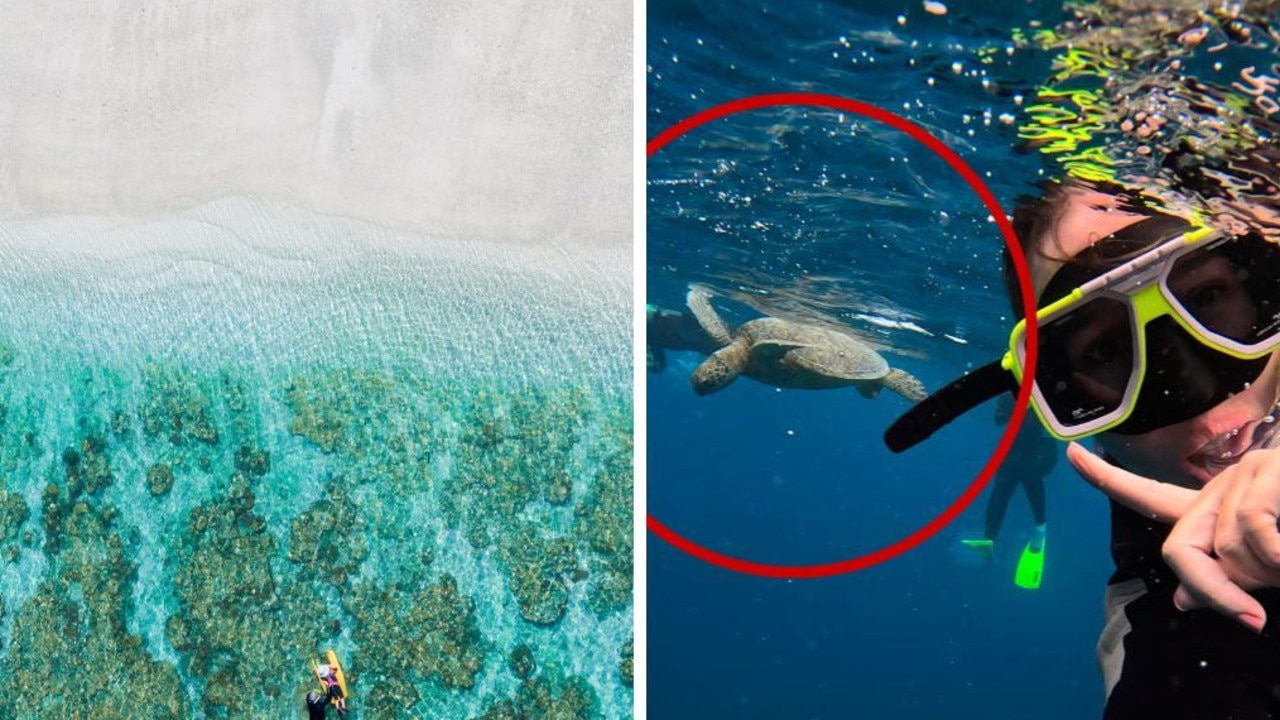Would you visit a country where you have to pay $340 a day?
DETERMINED not to end up like Bali — overrun with drunken bogans — this country has a surprising ban that may affect Aussies.
RED-ROBED monks walk the streets of Paro in Bhutan against a backdrop of whitewashed stone buildings.
Rising above them is the Paro Dzong — a Buddhist monastery and fortress — with its golden spire piercing the baby-blue sky.
Tourists have long rhapsodised over this Himalayan kingdom, wedged north of India and south of China.
They fall deeply in love with its pristine environment, its individuality, its engaging people — and with its famous practice of marking its achievements by a measure known as Gross National Happiness, rather than in economic terms.
In an attempt to preserve its unique culture and environment, this Tasmania-size country has in the past strictly limited tourist numbers — in 1974 just 300 tourists visited.
Today, there is no limit to tourist visas. However ...
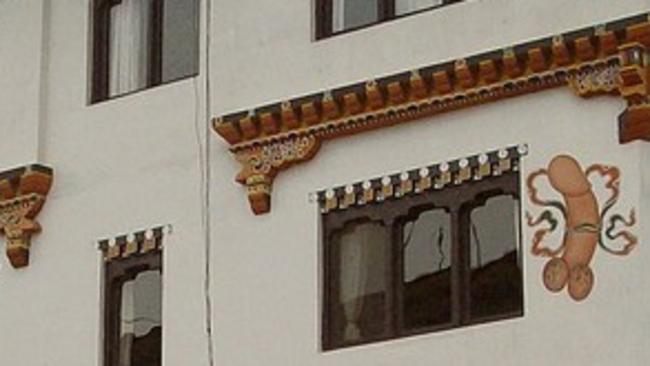
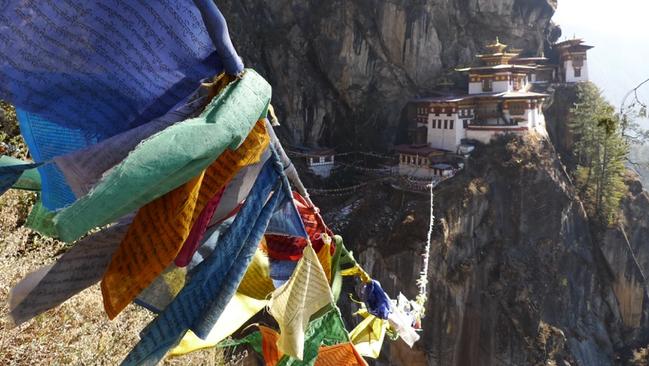
Although there is no numerical limit to entry of tourists, the government wants the number to remain under strict control, hence Bhutan’s leaders focus on what they call ‘high value, low volume’ tourism.
Visitors famously pay a fixed minimum tariff of US$250 (A$340) per day, making it appear as one of the world’s most expensive destinations.
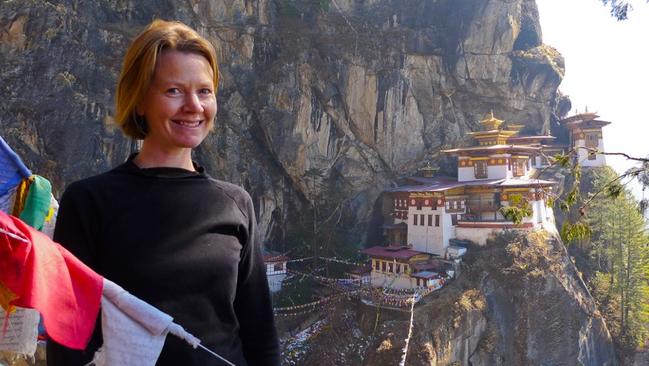
But when you consider what you get for A$340 a day it’s not that excessive. The fee includes food, accommodation in a three or four star hotel (you pay extra for five star), internal transport, entry into museums and monasteries and a licensed tour guide. The tariff also includes a US$65 sustainable tourism royalty, which goes to the government to be spent on free education, free healthcare, poverty alleviation, along with the building of infrastructure.
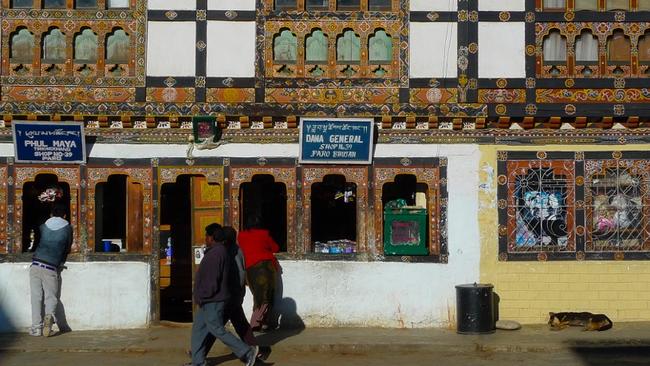
This tourist tariff has resulted in a holiday spot that’s become the antithesis of a shoestring backpacker destination.
Unlike Bali, what you won’t find here are rude, lewd Aussies filling its bars and hotels. Nor will you find cheap souvenir shops selling beer singlets or activities like bungy-jumping.
It has fewer visitors annually than Bali has in one week - and what it lacks in quantity, it makes up for in ‘high value’ quality. Discreetly, Bhutan has been becoming an A-list destination, popular with the likes of Cameron Diaz, Keira Knightley and supermodel Gisele.
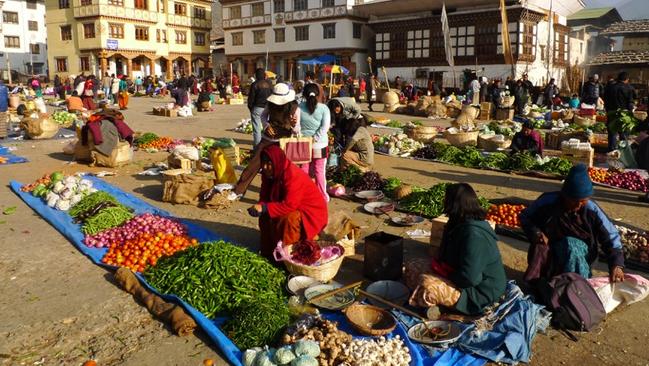
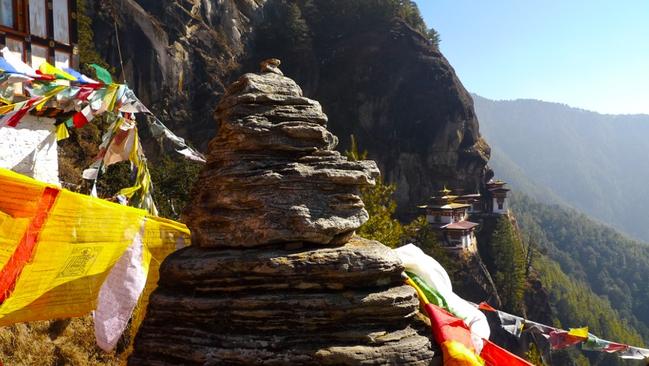
A New Zealander, Brent Hyde, who spent six years in Bhutan as general manager at Hotel Zhiwa Ling, is a strong supporter of the country’s ‘high value, low volume’ approach.
“If Bhutan can stick to those values, the country’s tourism will be in great shape,” Mr Hyde, general manager of luxury lodge Blanket Bay, in Glenorchy, Otago, told news.com.au.
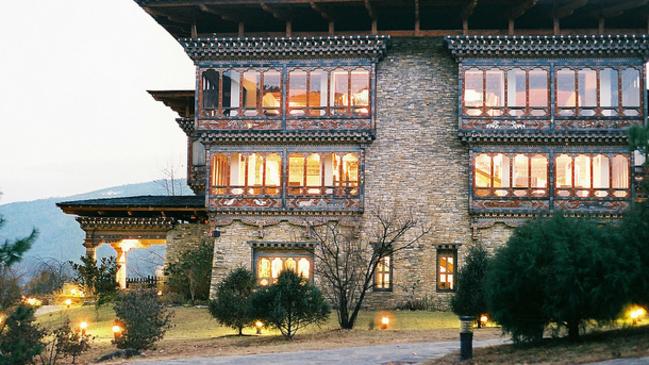
While more tourists would bring in cash and provide employment, the country’s infrastructure is not designed to cope with large numbers of visitors, he said.
“I would shudder to think what the impact of mass tourism would do to Bhutan — all the additional things that go with it, the water, the power, sewage, litter.
“Why would you want to inundate it with hundreds of thousands of people it could not manage?
“It’s a very culturally sensitive country as well, and our industry is an interesting one — it has the potential to change aspects of a culture and people’s expectations in two generations if we’re not careful and manage tourism well.”
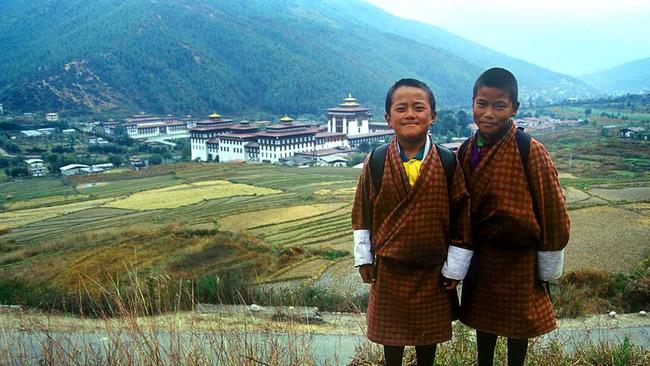
Some have criticised Bhutan’s tourism policy and tariff for being “elitist”, but Mr Hyde considers this is completely wrong.
“It’s not an elite place, I had guests in Bhutan who said ‘we’ve saved hard to be here, just like we saved hard for every holiday but we chose to come here because it’s something we dreamt of doing’ — just like they might dream of staying in the Mandarin Oriental, a five star property in Bangkok.
“I can tell you what, it’s a lot more than US$250 a day.”
Continue the conversation on Twitter @newscomauHQ | @LeahMcLennan


